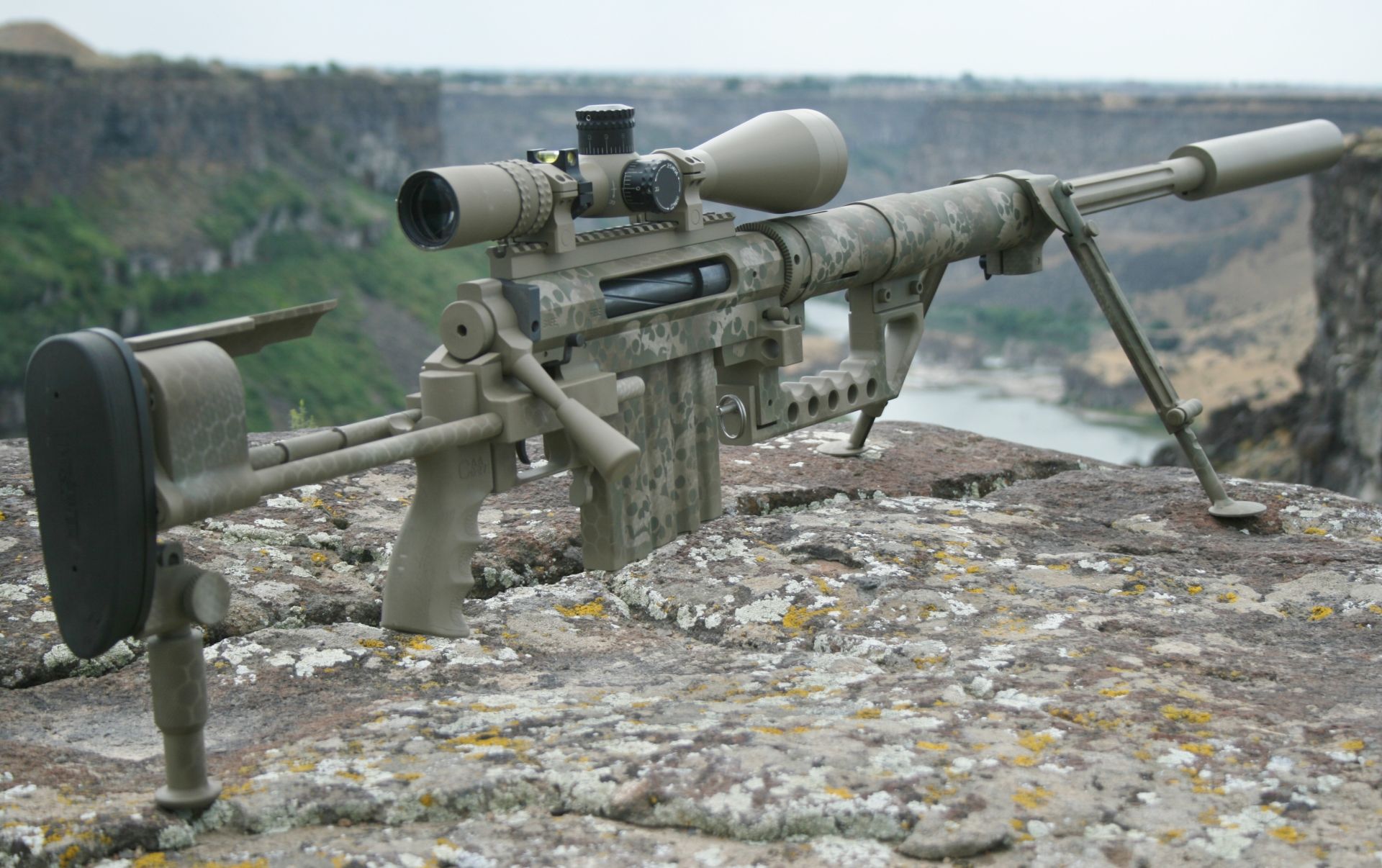The Instrument Design Bureau (KBP, a subsidiary of High-Precision Systems Corp.) is developing the KSV heavy sniper system for the Russian Armed Forces, according to the Izvestia daily newspaper.
The Russian military is planning to arm the snipers of its infantry and armored brigades with the unique sniper rifles capable of rendering armored cars and armored personnel carriers inefficient and killing mortar, antitank missile system and man-portable air defense system crews with a single shot of its 23-mm ammunition.
The heavy sniper rifle is on the 2020 Army Small Arms Development List, a Defense Ministry official close to the issue has told the Izvestia daily. KBP is designing the sniper system now. Once the rifle has been made and has passed the factory and official tests, a decision will be made on its service entry. The program is expected to take two to three years.
According to the official, the weapon actually will be a sniper system, rather than simply a large-caliber sniper rifle, because systems with the caliber in excess of 20 mm are small-caliber cannons, rather than small arms under the international weapon classification.
Alexei Sorokin, director of the Central Design and Research Bureau of Sporting and Hunting Weapons (an affiliate of KBP), has told the Izvestia daily that the company expected to make the first prototype of the KSV in 2017.
“We are at the most difficult stage of the work now – the development of the round for the new system,” Sorokin says. “The round will be based on the so-called necked-down case of the 30-mm round of an automatic gun and the 23-mm round of an antiaircraft gun. A unique bullet with a very high ballistic coefficient has been designed too. We expect to complete the design documentation, start making the KSV and launch the development tests in the course of 2017. It is clear even now, however, that the weapon will be pretty large, measuring almost 2 m, and rather weighty, because it will have to offset the hard kick produced by the 23-mm round.”
Sorokin stressed that although the KSV’s unique round could not punch through the thick armor of main battle tanks, one bullet was still enough to render them inefficient.
“Now, the development of sniper rifles with a caliber close to 20 mm is high on the small-arms agenda of many countries,” military expert Alexei Leonkov says. “Such rifles are heavier than the standard in-service 12.7-mm systems. However, 20-mm sniper systems are on a par with the small-caliber cannon of APCs and IFVs in terms of range, while surpassing them in accuracy. The punch packed by the projectiles of such rifles allows penetrating the armor of combat vehicles and field fortifications, let alone the human body. Actually, such rifles prevail over the rest of sniper systems in battle.”
At present, every Russian infantry brigade has a sniper company. A platoon in each of the companies is to be issued KSV sniper systems. It will operate as a mobile reserve dispatched by the brigade commander to where it is most needed.
“Actually, the tank has many vulnerable spots,” Sorokin says. “Using the KSV, we can punch a hole in the barrel of its gun, and it will be unable to fire any longer. By damaging its observation devices and sights, we can blind it. The tank will be immobilized, if a track is damaged and thrown or a track link is shot up, and the calculations have shown that our projectile will do the job.”
Concurrently with the KSV’s development, large-scale research into the soft spots of tanks and the ways to hit them is underway in Russia, according to the Izvestia daily.










